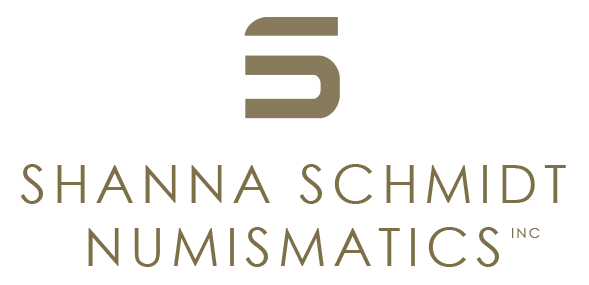CORINTHIA, Corinth. c. 405-345 BC
CORINTHIA, Corinth. c. 405-345 BC
AR stater, c. 405-345 BC, 8.52g (23mm, 10h).
Head of Athena facing r. with Corinthian helmet and an Aphlaston behind / Pegasos flying to r. with Q below
Pedigree: Ex Auction Tradart 2, 1992, lot 88
References: Ravel 644var; HGC 1834; Calciati, Pegasi I, 246
Grade: Obverse displays some cracks in the dies that created lines in front of Pegasus, and the tips of the left wing and tail of Pegasos are off flan. Otherwise, nicely struck with strong details visible on the face. Some minor wear on the wing. Very nice deep cabinet toning. Reverse is of fine style and well struck. All details are visible with only minimal wear on high points. Flan flaw on cheek of Athena. EF. (gk1709)
Scroll down for more information about this coin.
Corinth was an important city in ancient times due to its advantageous position of being close to the isthmus connecting the Saronic and Corinthian Gulfs. This isthmus connects the Peloponnese to mainland Greece which helped boost the importance of Corinth. In addition, Corinth had a large citadel, the Acro Corinthus, which further strengthened their strategic position.
Corinth was often involved in some military battles due to its strategic relevance. Eventually the city was taken by Philip II of Macedon and remained under Macedonian control until the Romans destroyed the city in 146 BC.
The coinage of Corinth and the surrounding cities are beautifully designed with a vibrant pegasus on the obverse and a head of Athena on the reverse. The earliest of the corinthian “colts” were struck in the early part of the 6th century BC. The pegasus was on the obverse and an incuse of a mill sail pattern on the reverse were the initial motifs. Later, this transitioned into an archaic Athena and Pegasus. Over time the Athena became more classical in stature. The colonies around Corinth all used similar motifs and varied the symbol below the pegasus to denote which city-state it came from.

